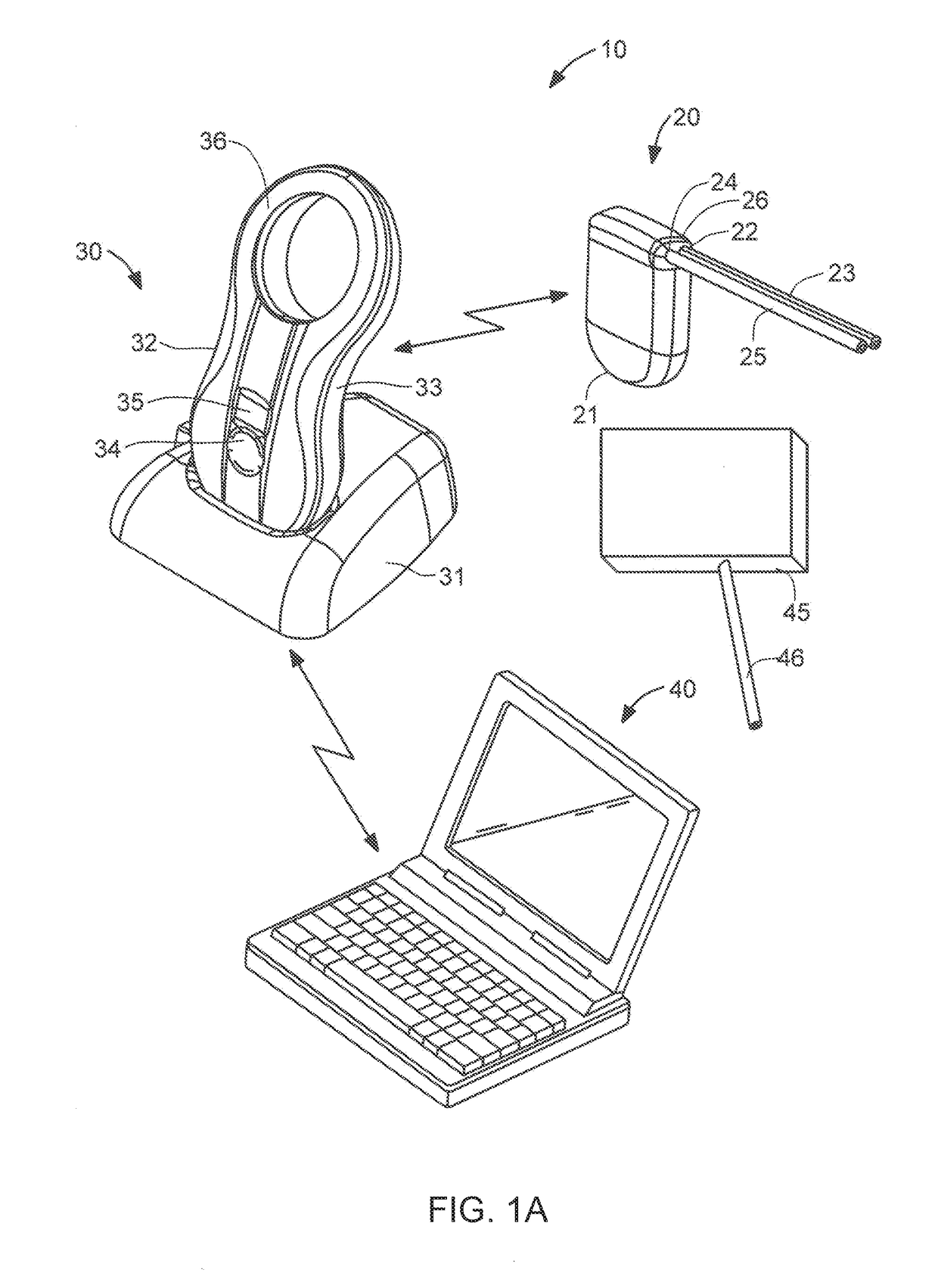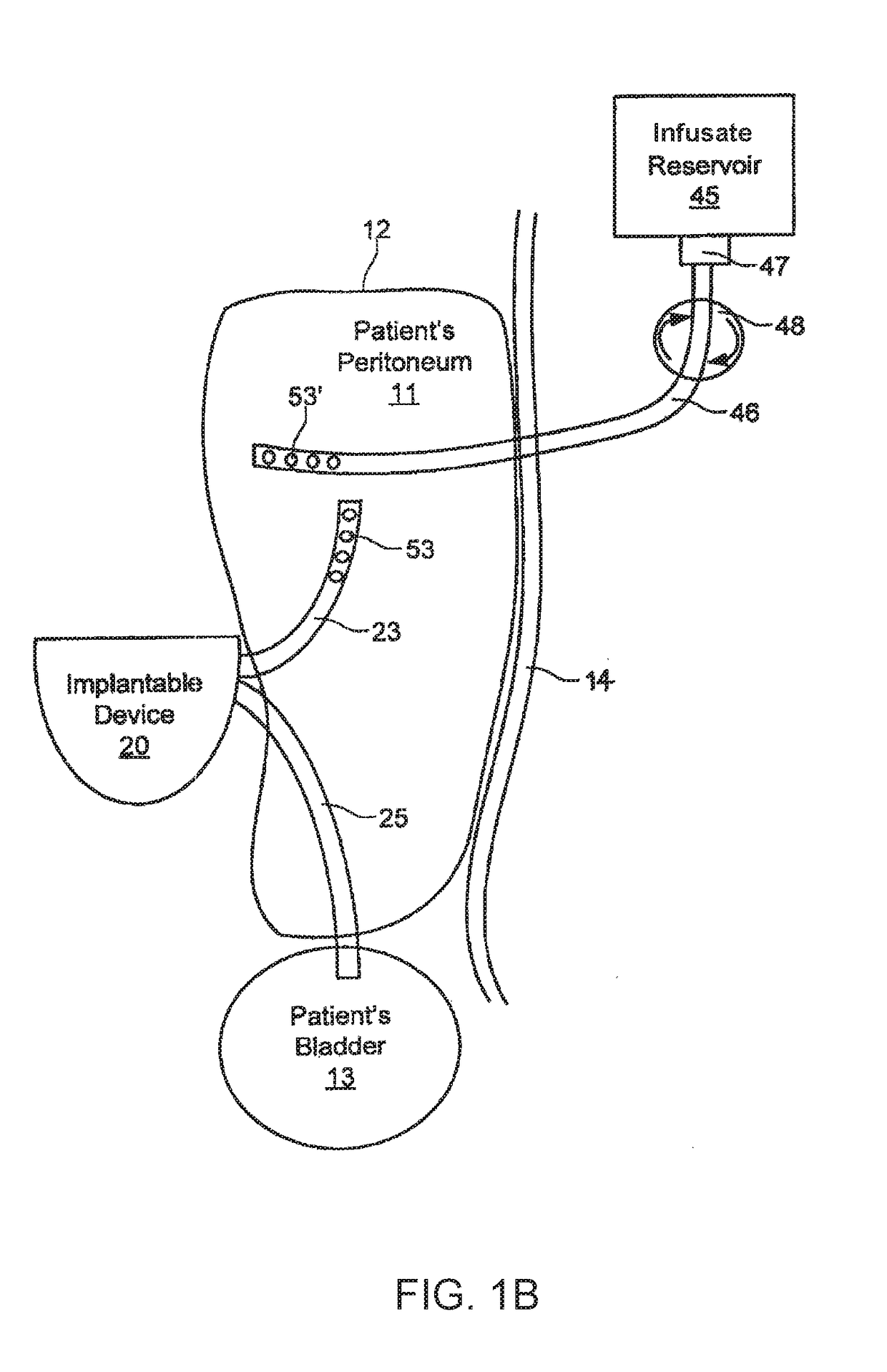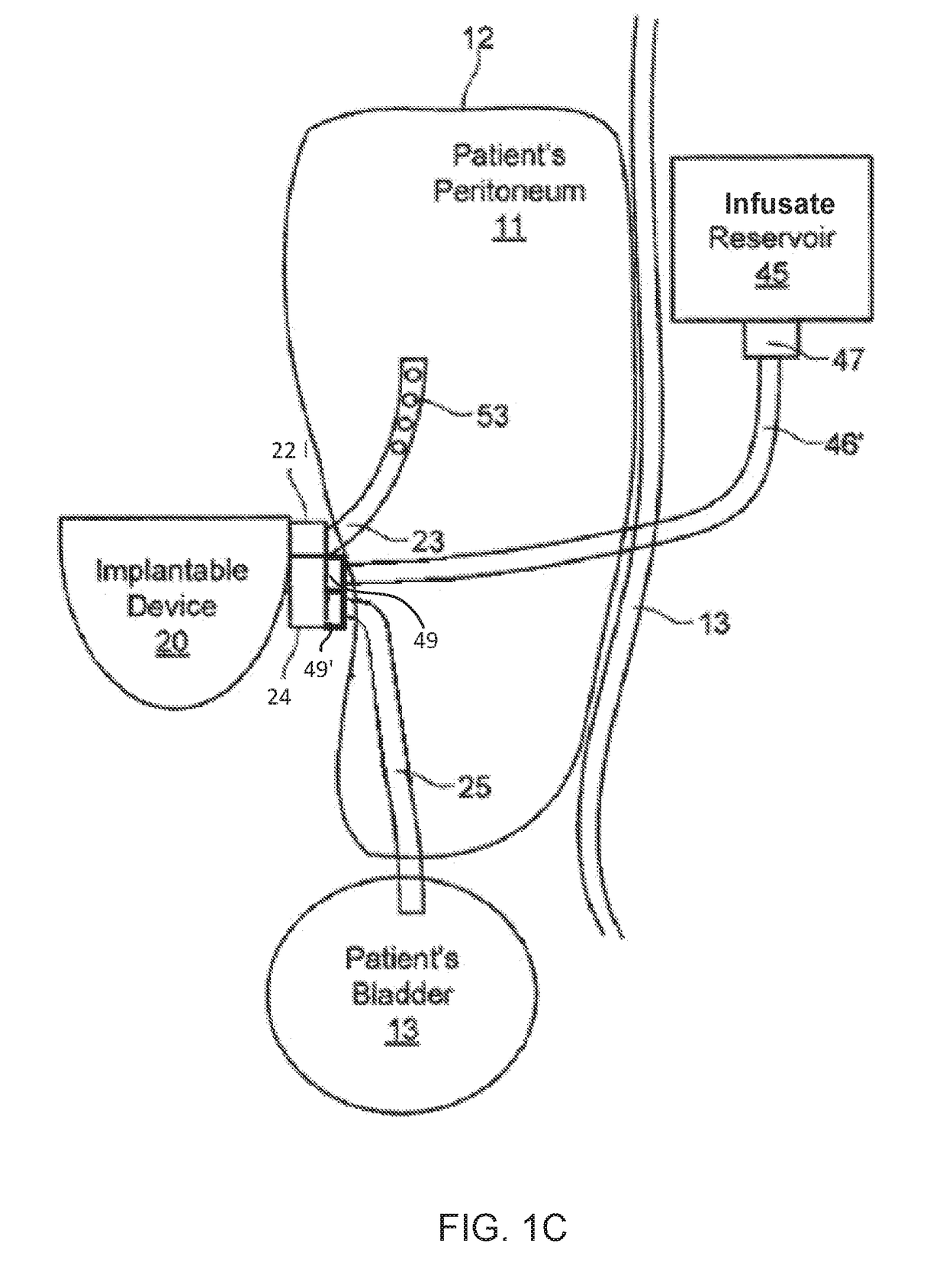Direct sodium removal method, solution and apparatus to reduce fluid overload in heart failure patients
a technology of sodium removal and heart failure, applied in the direction of extracellular fluid disorder, drug composition, catheter, etc., can solve the problems of reducing plasma volume, hemodynamic collapse, dangerous or terminal hyponatremia, etc., to prevent hyponatremia, reduce fluid overload and edema, and restore serum sodium concentrations
- Summary
- Abstract
- Description
- Claims
- Application Information
AI Technical Summary
Benefits of technology
Problems solved by technology
Method used
Image
Examples
first embodiment
[0076]With respect to FIG. 3A, bladder catheter 60 is described, corresponding to bladder catheter 25 of FIGS. 1A-1C. Bladder catheter 60 preferably comprises tube 61 of medical-grade silicone having inlet (proximal) end 62 and outlet (distal) end 63 including spiral structure 64, and polyester ingrowth cuff 65. Bladder catheter 60 includes a single internal lumen that extends from inlet end 62 to a single outlet at the tip of spiral structure 64, commonly referred to as a “pigtail” design. Inlet end 62 may include a connector for securing the inlet end of the bladder catheter to implantable device 20, or may have a length that can be trimmed to fit a particular patient. In one embodiment, bladder catheter 60 may have length L3 of about 45 cm, with cuff 65 placed length L4 of about 5 to 6 cm from spiral structure 64. Bladder catheter 60 may be loaded onto a stylet with spiral structure 64 straightened, and implanted using a minimally invasive technique in which outlet end 63 and spi...
second embodiment
[0080]With respect to FIG. 3B, a bladder catheter is described, in which similar components are identified with like-primed numbers. Bladder catheter 60′ preferably comprises tube 61′ of medical-grade silicone having inlet end 62′, outlet end 63′ and polyester ingrowth cuff 65′. In accordance with this embodiment, outlet end 63′ includes malecot structure 66, illustratively comprising four resilient wings 67 that expand laterally away from the axis of the catheter to reduce the risk that outlet end 63′ of the catheter will be inadvertently pulled loose after placement. Inlet end 62′ may include a connector for securing the inlet end of the bladder catheter to implantable device 20, or may have a length that can be trimmed to fit a particular patient.
[0081]Malecot structure 66 preferably is constructed so that wings 67 deform to a substantially flattened configuration when a stylet is inserted through the lumen of the catheter. In this manner, bladder catheter 60′ may be loaded onto ...
PUM
 Login to View More
Login to View More Abstract
Description
Claims
Application Information
 Login to View More
Login to View More - R&D
- Intellectual Property
- Life Sciences
- Materials
- Tech Scout
- Unparalleled Data Quality
- Higher Quality Content
- 60% Fewer Hallucinations
Browse by: Latest US Patents, China's latest patents, Technical Efficacy Thesaurus, Application Domain, Technology Topic, Popular Technical Reports.
© 2025 PatSnap. All rights reserved.Legal|Privacy policy|Modern Slavery Act Transparency Statement|Sitemap|About US| Contact US: help@patsnap.com



